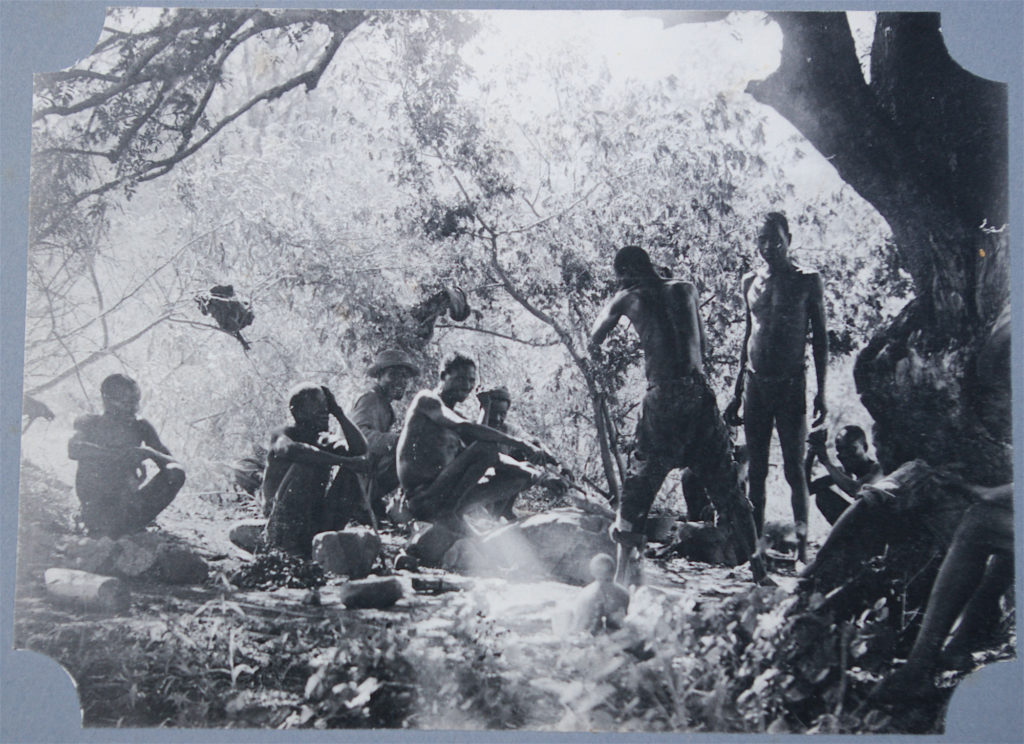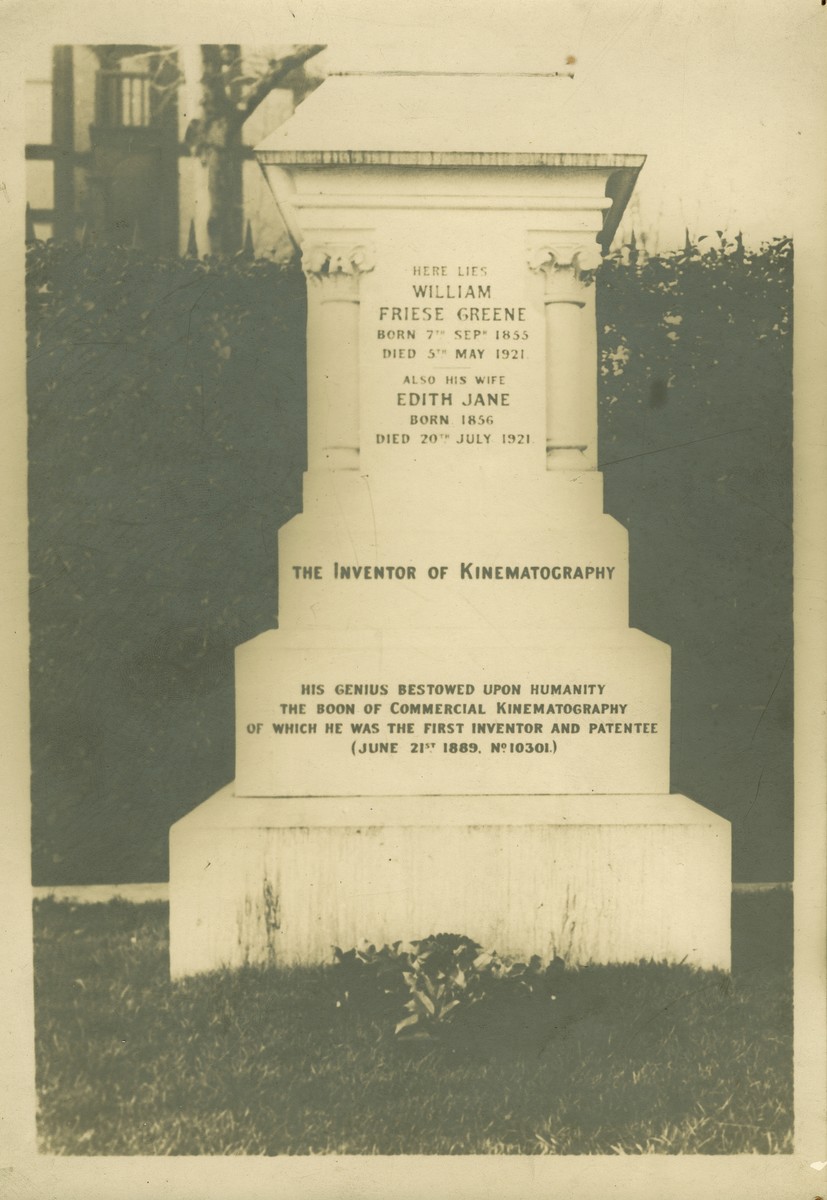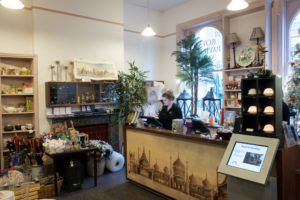Two young women pace across a newly-ploughed field, buckets in hands, hair blowing in the wind. One has a potato in their left hand; both of their faces are slightly blurred, but they seem to be smiling wistfully, caught up in conversation while they work. The field rolls off into the distance, following the shape of the Downland landscape. Two tractors track their way across the frame, one in the middle distance, one further off to the left.
It’s the landscape of the Bloomsbury Group, Eric Ravilious, Rudyard Kipling; it’s Tennyson’s ‘green Sussex fading into blue’. But this is no country idyll or green and pleasant land. The photograph was taken in 1942, at the height of the Second World War. It’s part of a group of photographs taken throughout the Second World War showing agricultural work in the Brighton area.

Two women planting potatoes in a field in Brighton. Two tractors can be seen in the background, 1942.
Agricultural work like this was a significant part of the war effort. In 1939, Britain was importing 20,000,000 long tons of food per year, including about 70% of its cheese, sugar, cereals, and fats; almost 80% of the fruit consumed by the public was also imported. This food came from all over the British Empire, mostly by sea, but also overland. As the enemy began to occupy vast swathes of Europe and German U-boats started to cut off import use, the British government began to introduce measures to ensure the food supply remained stable and fair. One measure was, of course, the rationing scheme to ensure everyone had fair access to the basics.
Another important tool in the ‘food arsenal’ was to increase the amount of food being produced by individual households. A significant part of this was the ‘Dig for Victory’ campaign, where the Ministry of Agriculture encouraged ordinary people to grow as much of their own food as they possibly could. During the Second World War, allotment numbers increased from 850,000 in 1939 to 1,750,000 in 1943 (many of these allotments remained in use well into the 1950s as rationing continued post-1945).
By 1943 people were also encouraged to join one of the 3,000 rabbit clubs and 4,000 pig clubs across the country (the pig clubs produced enough bacon for 150 million breakfasts). Households were also encouraged to reduce the amount of food waste they produced; joining a pig club could significantly reduce the amount of food going ‘in the bin’ – it just went to the pig instead! Measures like this were accompanied by innovative propaganda drives that utilised print, film, radio and local landmarks.
The Royal Pavilion Estate was just one of the many venues involved in these campaigns – in July 1942, part of the Royal Pavilion Gardens were home to the Kitchen Waste Campaign and a large family of pigs.

Kitchen Waste campaign at Royal Pavilion, 1942
The biggest part of the Ministry of Agriculture’s wartime food strategy was the mobilisation of farmers and farmland to help with the war effort. Farmers were actively encouraged to increase the amount of land they farmed, and the amount of food they produced. Between 1939 and 1943 the amount of arable land being farmed in England and Wales increased from 12.9 million acres to over 19 million acres. The push for food also sped up the rate of change in how the land was farmed, with an increase in the use of machinery. Petrol fuelled tractors became more common across the British landscape, with their numbers tripling from 50,000 in 1939 to 150,000 in 1944.

A land girl operating a tractor on a site near Brighton, probably in Woodingdean, 1941.
But with men being called up to serve in the armed forces and an increased demand for domestically produced food – who worked the fields and carried out the tasks that kept British farms running and producing food in the Second World War?
This brings us back to the first photograph in this piece, showing two young women planting potatoes in a field in Brighton. These women are part of the Women’s Land Army (WLA), whose workers were – and still are – more commonly known as Land Girls. Originally set up in 1917 to help produce food towards the end of the First World War, it was disbanded shortly after Armistice.

Four members of Women’s Land Army sit around a brick structure, probably an oven, 1941. Taken at a site in Brighton during World War Two, probably in Woodingdean
But with the 1930s drawing to a close and dark clouds of the Second World War looming on the horizon, the government broadened the National Service scheme, and included plans to restart the Women’s Land Army. The British government published an updated National Service Handbook on 25 January 1939, which set out how ‘in the event of war a Women’s Land Army will be organised’. The WLA was envisaged as consisting of a ‘mobile force of women who are ready to undertake all kinds of farm work in any part of the country’ and ‘women who are only able to offer their services for work in their home district’.

A member of the Women’s Land Army loading sacks on a trailer, c1940.
The Women’s Land Army was re-established on 1 June 1939, with former suffragette and campaigner Lady Gertrude ‘Trudie’ Denham in the position of Honorary Director, and recruitment began in earnest from June 1939 onwards. By 29 August 1939, the Women’s Land Army operation required larger offices, and Lady Denman set up its official headquarters at her home, Balcombe Place, near Haywards Heath in West Sussex.
The Women’s Land Army Headquarters moved briefly to Chesham Street in London in 1944, but was forced back to Sussex due to the ongoing threat from ‘Doodlebugs’ (V1 flying bombs). Initially, women were ‘invited to enroll’ (volunteer) for the service. In England, applications were sent to the Ministry of Agriculture and Fisheries in London, and had to include details such as ‘present occupation’ or whether the applicant wanted to enroll ‘for the mobile force or for local work only’.
An application also had to include ‘short particulars of any training or experience in agriculture’, though enthusiasm seems to have been encouraged just as much as experience, as the form emphasised that ‘previous experience is not essential’. By 1941, the need for extra hands across the agricultural sector in Britain was greater than ever, and from December of that year women could be conscripted into the Women’s Land Army.

Land army girl loading emptying a tractor trailer in an unidentified field in Brighton, c1940.
The scheme worked as intended: by 1944, there were 80,000 women employed as Land Girls by the Women’s Land Army. This figure included 20,000 women employed in dairy work and a group of Land Girls undertaking specialist horticultural work at Kew Gardens. Whether their role was specialist or more general, the National Service Handbook set out the very basics of what women could expect as a Land Girl. In addition to training, each Land Girl ‘will wear uniform, although they will normally be employed and paid by individual farmers, and the organisation will supervise their lodging arrangements and general welfare’.
A WLA uniform was considered the ‘most attractive uniform of all the women’s Services’. It included 1 cowboy style hat, 3 (often very itchy) shirts, 2 green jerseys (jumpers), 2 pairs breeches, 2 pairs dungarees, 2 overall coats, 6 pairs stockings, 1 pair gumboots, 1 Great Coat, 1 mackintosh, 2 towels, 1 tie, 1 pair of ankle boots, and 1 pair of sturdy brown shoes. Land Girls were also issued with a green armlet and a metal WLA badge.
The uniform was designed to be practical, to withstand the trials of heavy agricultural work, and to allow the easy identification of Land Girls – after all, ‘uniform must be uniform or it loses all its point’. Land Girls were encouraged to keep their uniform neat and tidy, and separate from their civilian clothes. As one pamphlet put it, each Land Girl could be ‘as shabby or as Bohemian as you like in civilian clothes, but don’t try to express your personality in your uniform’.
The minimum wage for a Land Girl was 28 shillings per 48 hour working week (50 hours in summer), 10s less than the minimum wage for a male worker. If a Land Girl stayed on site, 14s per week was deducted from her wages for room and board. Despite the hard work over long hours for low pay, some Land Girls felt that their contribution to the war effort was going unrecognised and unappreciated by the wider British public. This feeling was encapsulated in a BBC radio interview with Miss Clemence Dane, who referred to the Women’s Land Army as the ‘Cinderella Service’, stating that it was taken for granted and its importance overlooked.
Today, there has been a reappraisal of the significant role that ‘Women’s Services’ and organisations – like the Women’s Land Army and the Women’s Institute – played in keeping Britain fed throughout the Second World War. In amongst the Local History Collections here at the Royal Pavilion & Museums Trust are several photographs of Land Girls; most show them carrying out farm work, but one shows four members of the WLA enjoying a moment’s rest.
Take a closer look at the photographs of Land Girls. Do you recognise any of the women in the images? You can also recreate a Land Girl’s uniform using this cut–out activity. Just print it off on a piece of sturdy card, or stick the printout to the plain side of a cereal box, and snip away! Don’t forget to show us your Land Girls on social media.
We are also very keen to hear your memories, experiences, and family stories of life across Brighton and Sussex during the Second World War. If you would like to share with us do let us know in the comments section below. The Royal Pavilion & Museums Trust has an extensive collection of items relating to the Second World War. Many of these items have been photographed and digitised. You can find many of these on our Digital Media Bank or our WW2 in Brighton online exhibition.
What will you discover?
Naomi Daw, Visitor Services Officer
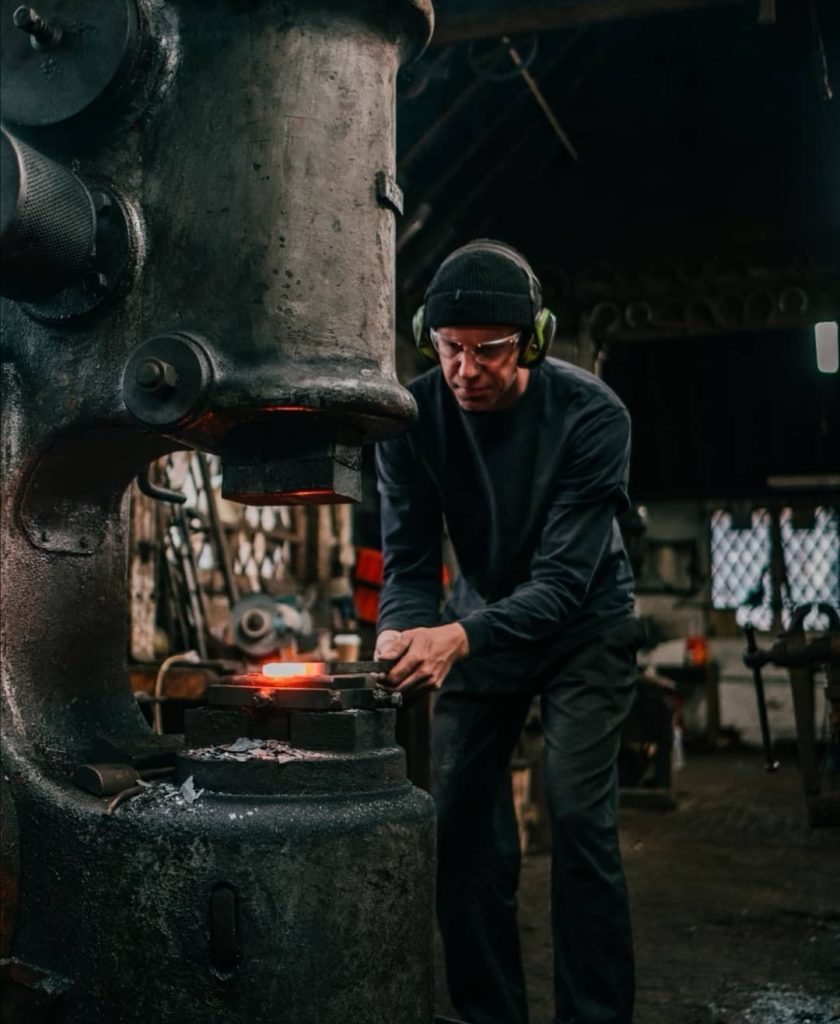


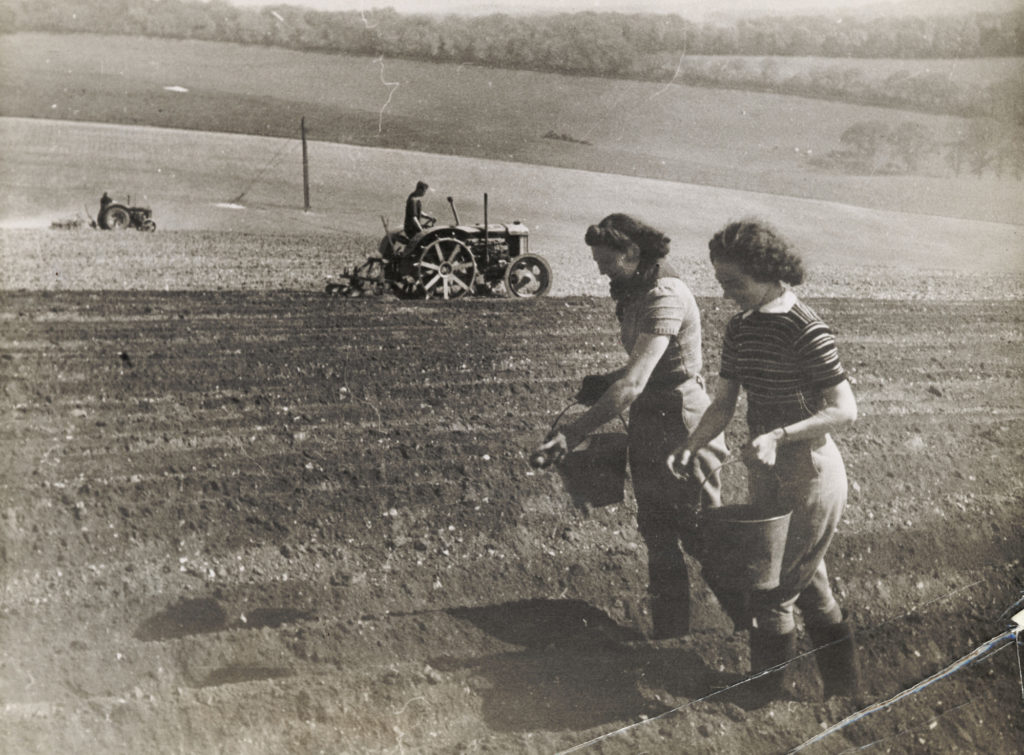






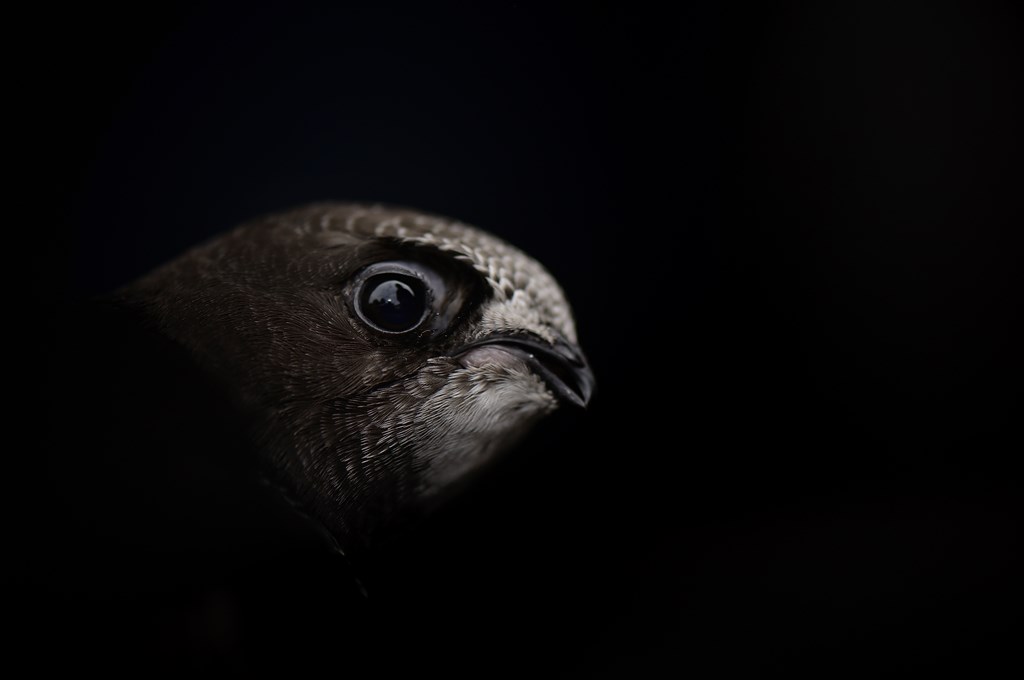
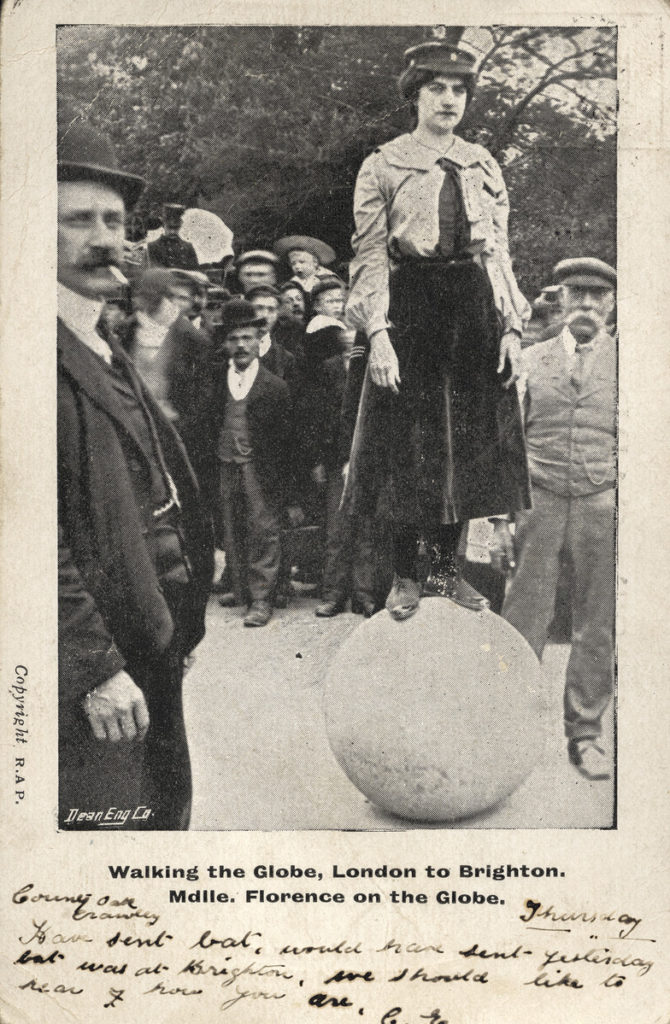









 When Botswana became independent in 1966, a new blue, black and white flag was adopted. The black and white band in the centre of the flag represents both the coming together of different peoples and the stripes of the zebra, the national animal of Botswana. The pale blue represents rain, called ‘pula’ in Setswana. ‘Pula’ is also an expression meaning ‘greetings’ or ‘good luck’, as well as the name of the national currency.
When Botswana became independent in 1966, a new blue, black and white flag was adopted. The black and white band in the centre of the flag represents both the coming together of different peoples and the stripes of the zebra, the national animal of Botswana. The pale blue represents rain, called ‘pula’ in Setswana. ‘Pula’ is also an expression meaning ‘greetings’ or ‘good luck’, as well as the name of the national currency. 
